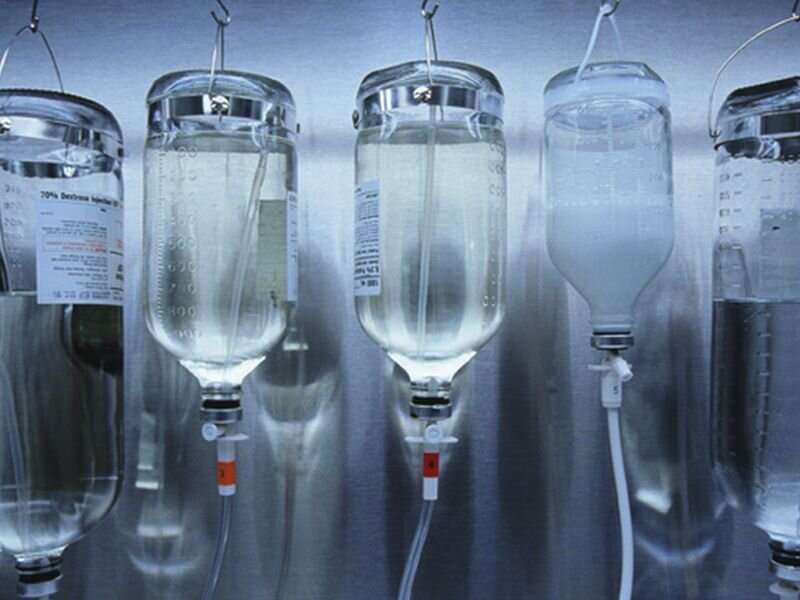
Chronic immune-related adverse effects after adjuvant treatment with anti-programmed cell death 1 (anti-PD-1) immunotherapies for melanoma are more common than previously thought, according to a study published online March 25 in JAMA Oncology.
J. Randall Patrinely Jr., from Vanderbilt University in Nashville, Tennessee, and colleagues evaluated the incidence and spectrum of chronic immune-related adverse events (irAEs) among 387 patients (median age, 63 years; 60.7 percent male) with stage III to IV melanomas treated with anti-PD-1 therapy at eight academic medical centers in the United States and Australia (2015 to 2020). Chronic irAEs were defined as persisting at least 12 weeks after therapy cessation.
The researchers found that 69.0 percent of patients had any acute irAE arising during treatment with anti-PD-1, including 19.5 percent with grades 3 through 5 events. One patient had fatal myocarditis and one had fatal neurotoxicity. Chronic irAEs were identified in 43.2 percent of patients; of these chronic irAEs, most (96.4 percent) were mild (grade 1 or 2) and most persisted until last available follow-up (85.6 percent). The irAEs most likely to become chronic included endocrinopathies (73 of 88), arthritis (22 of 45), xerostomia (nine of 17), neurotoxicities (11 of 15), and ocular events (five of eight). The irAEs affecting visceral organs (liver, colon, lungs, kidneys) were much less likely to become chronic irAEs. The likelihood of chronicity of irAEs was not predicted by age, gender, time of onset, or need for steroids.
“Chronic and long-lasting side effects were more common than we expected and involved a variety of often overlooked organs like the thyroid, salivary glands, and joints,” a coauthor said in a statement. “While these side effects are important to monitor and treat, anti-PD-1 therapies remain life saving for many patients with melanoma.”
Several authors disclosed financial ties to the pharmaceutical industry.
HealthDay

